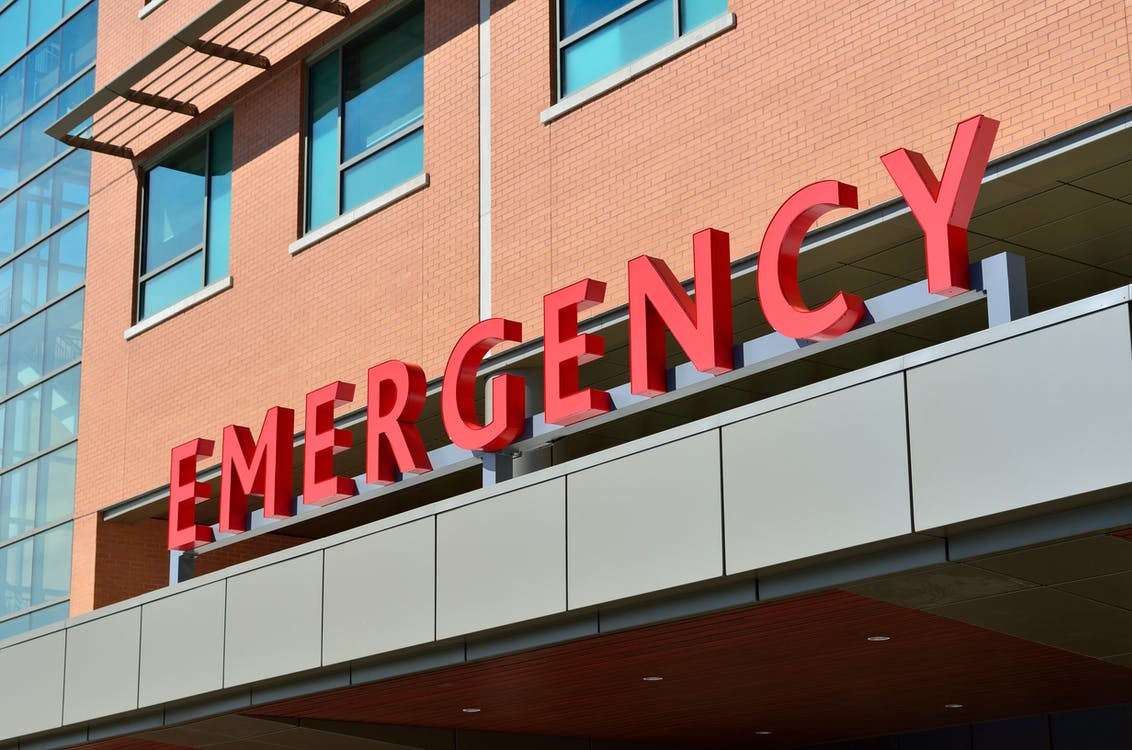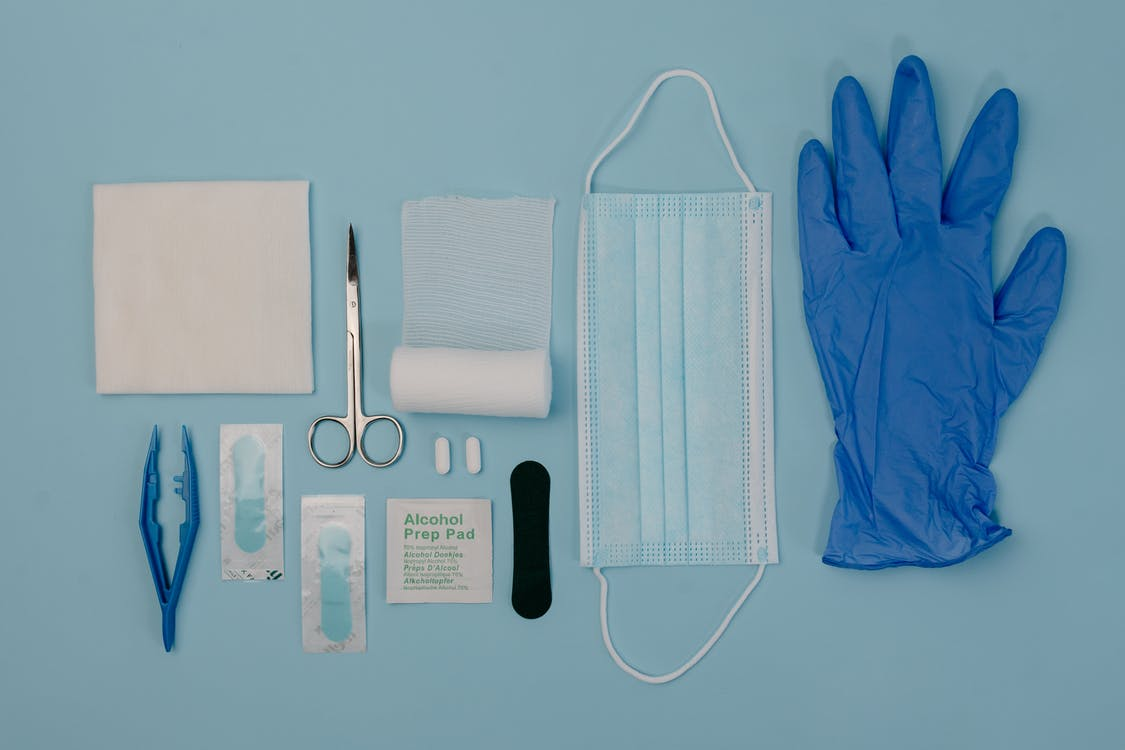The novel coronavirus has turned the Canadian healthcare system on its head. As hospitals continue to focus on patients of COVID-19, the emergency healthcare sector faces increased pressure with ambulances often failing to respond to 911 calls.
As you may know, all over Canada, workplaces are required by law to train their staff on first-aid and workplace safety. Amidst the pandemic, cases of worker injury have not declined. The emergency services already being understaffed nationwide necessitates that if you run a workplace, you comply with all provincial guidelines on training your employees on first-aid.
More recent emergence of the Omicron and Delta variants of the virus has been deemed as alarming by UNICEF, owing to the fact that the newer strains are more contagious and easily transmittable. During an emergency scenario, you may have concerns regarding providing first-aid given the possibility and risk of COVID-19 transmission as you try to help someone.
Given the additional layer of risk during the COVID-19 times, it is important that you take the following considerations into account as you administer first-aid.
General Considerations
In the case of general first-aid provision to an ill or injured person, it is important that you wear a medical-grade face mask or face shield in addition to gloves and goggles to minimize exposure to the virus. After the care has been administered, make sure to take prescribed hygiene measures like washing your hands and sanitizing yourself.
Moreover, offer face masks to the individual receiving care, and if they’re able to, instruct them from a distance on how to self-treat. You should then make sure to dispose of all personal protection equipment used during the process afterwards.
Considerations for CPR Administration
A person who has no pulse may have had a COVID-19 infection, so it is up to you to choose whether or not to administer mouth-to-mouth CPR based on your personal risk threshold. Instead, it is important that you immediately call emergency medical services and look for an AED.
If you choose to administer ventilation-based CPR, reduce the risk of transmission by using a mask with a one-way valve or some other barrier device. As an alternative to mouth-to-mouth administration, you can perform hands-only CPR but remember to do so only after calling for emergency services first.
In the event you’re certain that the individual was infected by COVID-19, inform everyone else in the vicinity in addition to also updating the emergency responders via electronic communication so that they’re aware and able to prepare personal protection equipment beforehand.
At Metro Safety Training, we provide in-depth theoretical and practical workplace safety and first aid training. In compliance with Canadian law, our multiple-level occupational and emergency first-aid courses will help equip you with the knowledge and skills needed to saves lives.
Connect with us to avail our resources and training in British Columbia, Canada now!








